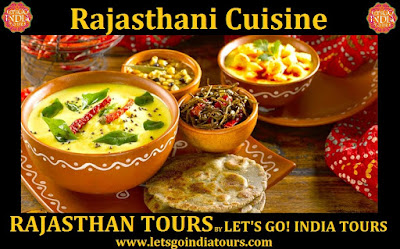Luxury Cuisine at Peshawri Restaurant, Agra
In an ambience reminiscent of the rustic charm of dining in the warmth of tents under a starry sky in the cold desert terrain of the North West Frontier, Peshawri brings to Agra an award winning menu of delicacies cooked in the clay tandoor.Experience the wonder of this cuisine in Agra only at Peshawri, with a lavish spread of delicious kebabs – vegetarian and non-vegetarian that are cooked in myriad ways, a range of Indian breads – from the decadently indulgent to light and fluffy breads and of course, the inimitable Dal Bukhara – all of which is paired with an exclusive collection of wines and other beverages.
Lunch: 1230 Hrs to 1445 hrs
Dinner:1900 Hrs to 2345 Hrs
Origin
The British demarcated the North-West Frontier Province in the year 1900, which comprised parts of Afghanistan, and the Northwest part of pre independence India. The cuisine has been inspired by the essence of North West frontier tradition, of camaraderie around the warm glow of a campfire - succulent tandoori fare, low on oil and high on authenticity.
The food is cooked in clay ovens or tandoor in the traditional style of the Indian North-West Frontier region. This style of cooking requires great expertise on the part of the chefs, since the meat is not accompanied by any sauce or gravy, but only pre-marinated and cooked before serving. It takes a chef years of meticulous training and dedication to master the technique of the art of making the breads that are so much vital part of the cuisine, or to acquire the ability to gauge spices, mix marinades, and the most vital of all, to judge the heat of the tandoor and the time necessary for each dish to be perfectly cooked.
Décor / Ambience
A unique concept, the restaurant offers a sophisticated yet totally ethnic experience where the kitchen is part of the restaurant. The decor comprises rough-hewn trestle tables and wooden stools complete the rugged look. Copper pots and urns are suspended from the ceiling and pillars; the crockery is earthenware in an earthy ochre colour, while the menu is painted on a block of wood. The chequered apron is also a totally novel concept that has become very popular. The view of the kitchen with the busy chefs adds to the warmth of the restaurant, inviting one to take time off to photograph the activity inside the kitchen. The speed by which the food is cooked and delivered to the tables justifies its claim of having one of the most efficient service
-----------------------------------------------------------------------------------
We specialize in tours in and around Delhi, world famous Taj Mahal, the most famous and popular Golden Triangle Tour, The colorful state of Rajasthan, and the Heritage and culture tour in North India.With us you can experience the real India, its life, people, culture and history with excellent prices.
An unforgettable India experience!. - See more at: http://www.letsgoindiatours.com














